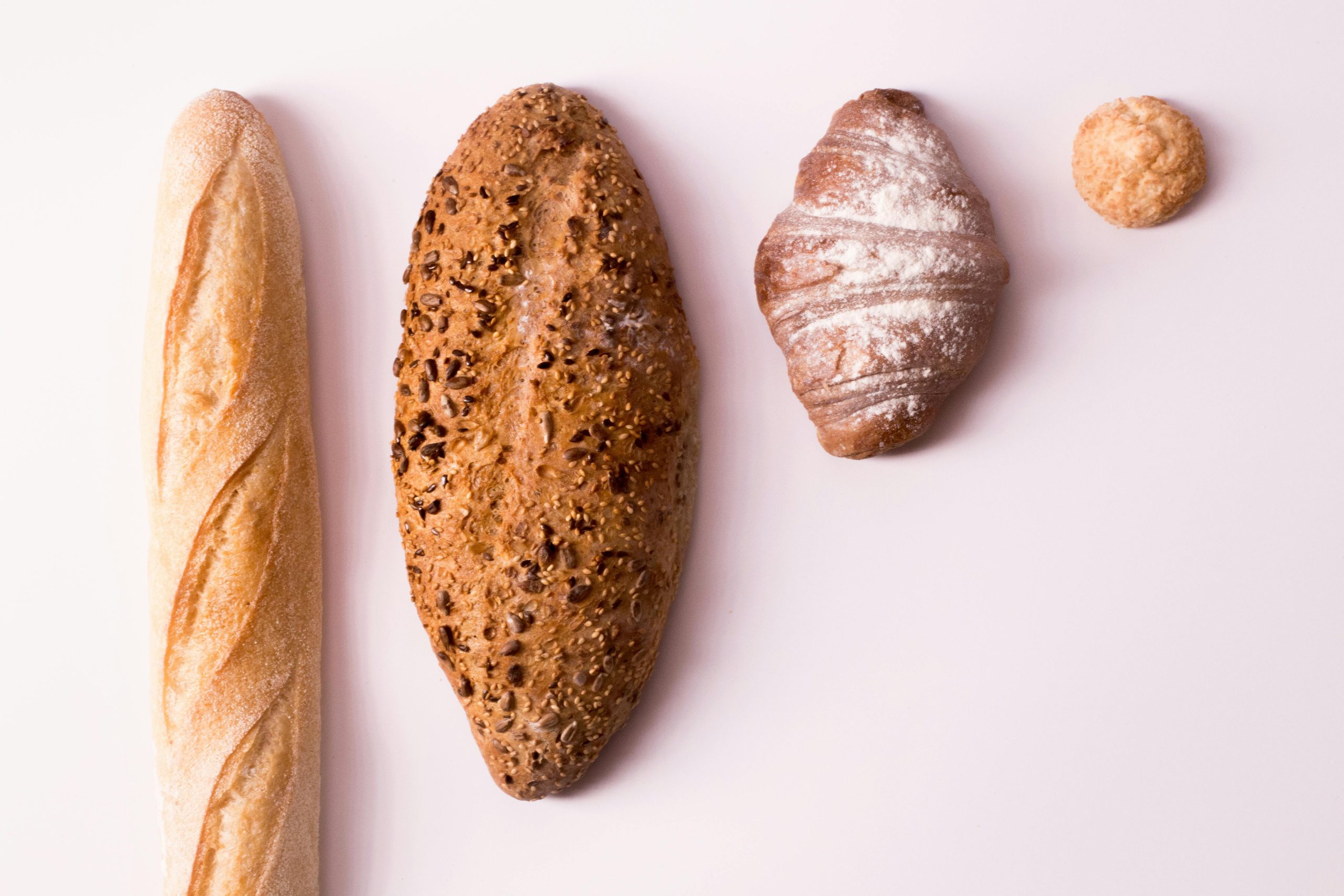How to Achieve Bakery-Level Croissants with a Buttery Honey Glaze?

The aroma of freshly baked croissants wafting through the air is an experience that can instantly transport you to a quaint French café. There’s something simply irresistible about the flaky, buttery layers of a well-made croissant, especially when paired with a sweet glaze. But have you ever wondered how you can recreate that pastry shop experience in your own kitchen? With the right ingredients, a bit of patience, and this step-by-step guide, you can achieve bakery-level croissants topped with a buttery honey glaze.
1. Gathering Your Ingredients
Every great meal starts with the right ingredients. For croissants, the list is simple, yet each component plays a crucial role in the final product.
En parallèle : Discover peugeot saveurs: high-quality mills and culinary tools
Ingredients:
- 500 grams of all-purpose flour
- 280 milliliters of warm water
- 10 grams of salt
- 60 grams of sugar
- 20 grams of fresh yeast or 7 grams of dry yeast
- 300 grams of unsalted butter
- 1 egg (for the egg wash)
- 100 grams of honey (for the glaze)
Ensure you have all the ingredients you need before you start baking. This will save you time and help ensure your process goes smoothly.
A découvrir également : Can You Craft a Gourmet German Pretzel with Mustard Butter Infusion?
2. Preparing the Dough
The dough is the backbone of your croissants. It’s what gives them their signature flaky layers and rich flavor. Here’s how to prepare it:
- Mix the flour, salt, sugar, and yeast together in a large bowl.
- Gradually add the warm water, mixing until you get a smooth dough.
- Knead the dough for about 10 minutes until it becomes elastic and slightly sticky.
- Cover the bowl with a damp cloth and let the dough rest for about 2 hours at room temperature. This is a crucial step as it allows the yeast to ferment, giving the bread its characteristic flavor and texture.
- While the dough is resting, prepare the butter. Place it between two sheets of parchment paper and roll it into a thin slab. Store it in the fridge until it’s time to incorporate it into the dough.
3. Rolling and Folding the Dough
Rolling and folding the dough is perhaps the most important step in making croissants. This is what creates the pastry’s distinctive layers.
- Once your dough has rested for 2 hours, roll it out on a lightly floured surface into a rectangle about 1/2 inch thick.
- Place your chilled butter slab in the center of the dough rectangle. Fold the dough over the butter like a letter, enclosing the butter completely.
- Roll out the dough again into a rectangle, then fold it into thirds. This is known as a "turn."
- Wrap the dough in plastic and place it in the fridge for 30 minutes. This allows the gluten in the dough to relax, making it easier to roll and fold.
- Repeat this process of rolling, folding, and chilling two more times.
4. Shaping and Baking the Croissants
After the rolling and folding process, it’s time to shape and bake your croissants.
- Roll out the dough one last time into a rectangle about 1/4 inch thick.
- Cut the dough into triangles and roll them up, starting from the wide end, to form the croissants.
- Place the shaped croissants on a baking sheet lined with parchment paper, cover them with a damp cloth, and let them proof for about 2 hours. During this time, the dough will rise and become puffy.
- Preheat your oven to 200°C (390°F).
- Brush the croissants with the egg wash, which will help them get a beautiful golden color during baking.
- Bake the croissants for about 20 minutes, or until they’re golden brown on top.
5. Making the Buttery Honey Glaze
While your croissants are baking, you can prepare the buttery honey glaze.
- In a small saucepan, heat the honey until it’s runny.
- Remove the pan from the heat and whisk in the butter until it’s completely melted and integrated into the honey.
- When the croissants come out of the oven, brush them with the glaze while they’re still warm. The heat from the croissants will help the glaze sink in, giving them a sweet, glossy finish.
Don’t let the complexity of this recipe intimidate you. Remember, practice makes perfect. The more you work with the dough, the more familiar you’ll become with the process. So, roll up your sleeves and get started on your journey to achieving bakery-level croissants. Happy baking!
6. Pro Tips for Perfecting Your Croissants
Making the perfect croissant is not just about following a recipe. It’s about understanding the process and knowing some key tips that can help you achieve that bakery-level quality.
Temperature control is a crucial aspect of making croissants. When incorporating the butter into your dough, it’s important that the butter is cold but pliable. If the butter is too warm, it will melt into the dough and you won’t get those distinct, flaky layers. Additionally, make sure to keep your croissant dough chilled in between folds, this allows the butter to maintain its texture, and the gluten in the dough to relax.
Yeast plays a vital role in the rising of your dough. Use fresh yeast for best results, but if you only have dry yeast, make sure it is active. Remember, if your dough isn’t rising properly, it could be that your yeast is old or inactive.
When it comes to rolling out your dough, be patient and gentle. Excessive use of a rolling pin can result in the butter being squished out or the dough tearing. Always roll from the center out, and try to maintain an even pressure.
Remember, it’s all about the layers. To attain those beautiful, flaky layers that make a croissant so delicious, you need to fold the dough correctly. Use the letter fold method as described above to help achieve these layers.
Lastly, don’t forget the egg wash. This simple step gives your croissants that beautiful, golden-brown sheen that is so appealing. Apply the egg wash just before baking for best results.
7. Common Mistakes and How to Avoid Them
Even experienced bakers can sometimes encounter challenges when making croissants. Here are some common mistakes and tips on how to avoid them.
A common mistake is rolling the dough and butter together too hard. This can cause the butter to break through the dough and ruin the layers. To avoid this, apply gentle pressure when rolling and always roll away from you.
When cutting your dough into triangles to shape your croissants, make sure the triangles are long and not too wide. This will ensure you get that classic, tall croissant shape.
Another common mistake is over-baking. Every oven is different, so keep a close eye on your croissants towards the end of the baking time. They should be golden brown and puffy, not dark brown.
Remember that the proofing time can vary depending on the temperature and humidity of your kitchen. In a warm and humid environment, the dough may proof faster.
Conclusion
Learning how to make bakery-level croissants is an art. It requires patience, practice, and a good understanding of the process involved. But remember, even if your first batch doesn’t turn out perfectly, don’t be discouraged. Keep trying and with each attempt, you’ll get closer to achieving that perfect, flaky, buttery croissant of your dreams. So, grab that rolling pin and a batch of dough and get ready to start your journey to becoming a master at making French croissants. Good luck and bon appétit!
